As Easter Sunday, the most important day in the Christian calendar approaches, it appears that a resurrection of the faith may be under way among the younger generation.
Much to the undoubted chagrin of humanists, it seems that believers may be less alone than avowed atheists like to claim, with increasing numbers of younger folk now attending church.
It seems that there’s something stirring in the souls of many of our young people as they question whether there is more to life than merely the introspective self-obsessed view of non-believers, that this is all there is.
The death of religion has been widely predicted by Marxists and atheists for years, but it appears that it may be standing the test of time better than their own man-made belief systems.
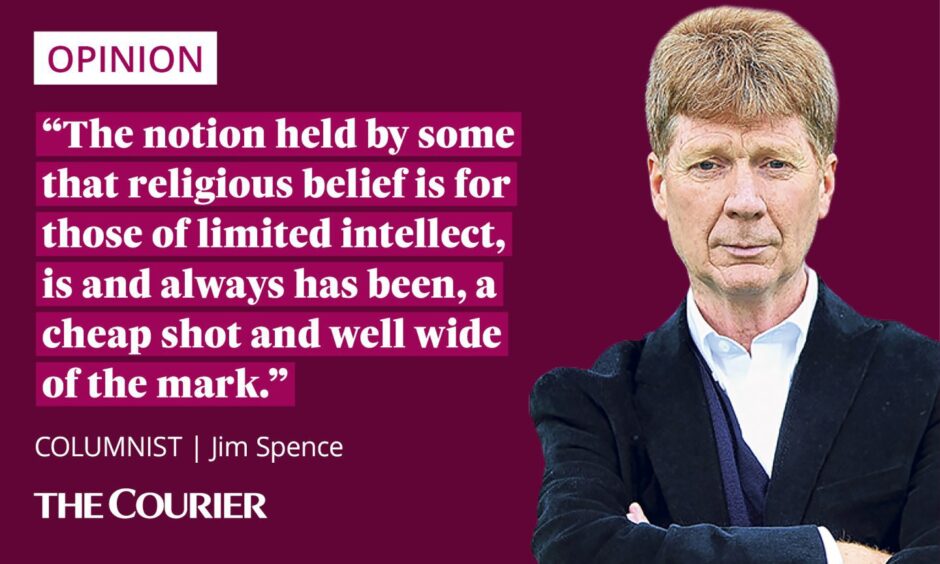
The Muslim community is very open about their faith, and now their Christian brethren may also be embracing that openness with signs of a revival.
A survey, ‘The Quiet Revival’, conducted by YouGov among 13,146 people in England and Wales shows that in 2024, 5.8 million people were attending church at least once a month, that’s 12 per cent of the population, and compares with 3.7 million, or 8 per cent, in 2018.
The biggest upturn has comes from the ranks of the 18-24 year olds’ (Generation Z) with 16 per cent of them attending church at least once a month; whereas just six years earlier, only 4 per cent were doing so.
I can see evidence of revival with my own eyes
Since regular social attitude surveys show little difference between Scotland and the rest of the UK, I see no reason to doubt that a similar situation is occurring here, and indeed the evidence of my own eyes tells me that’s exactly what is happening.
At Catholic mass it’s traditional when the priest invites the congregation to offer each other the sign of peace, that hands are shaken with those in front and behind of us.
It’s become clearer to me that in recent years I’m shaking hands with many more young folk and in particular younger men than before.
There are undoubtedly many in those Sunday gatherings who are living, working and studying here who are from other countries, and I wonder if their unabashed openness about their faith may be rubbing off on native Scots, who have traditionally been much more reserved in public declarations and displays of their own beliefs
The England and Wales survey shows that the generation born between 1997 and 2012 and coming after the cohort referred to as Millennials are going to church in steadily increasing numbers.
It seems that Gen Z feel that there is something beyond the empty belief systems of modern day religious sceptics, who think that mankind has all the answers, when it seems often that we barely even know the questions.
A wise old BBC broadcasting colleague, Bob Crampsey, who was also a secondary school headmaster, as well as Radio Four’s Brain of Britain, and who wrote extensively on matters as varied as the American Civil War, cricket, and football, once said to me “When people believe in nothing they’ll believe in anything”.
I often ponder the wisdom of Bob’s statement as I see folk who promulgate their own non-religious views, which appear as staunch or devout as anything you’ll hear expressed by those who attend the Kirk or chapel.
Marxists and those who believe in self identification of gender are just two examples of those who believe that their own belief systems are self evidently true, despite other competing economic, social and scientific opinions.
In the modern secular world where a strong belief that there is nothing greater than the individual has taken root, I now see so many folk who have chosen to come and live here, who exhibit such a deep faith that it may be that many of us born here no longer feel as reluctant to hide our own faith.
Church numbers swelling with younger people
The notion held by some in the non-believing community that religious belief is for those of limited intellect, is and always has been a cheap shot and well wide of the mark.
On any given Sunday after mass I regularly have a natter with a wide variety of folk: among them a university professor, a top lawyer, and someone who is a major figure in the property business.
Among that congregation there’s also a huge and welcome infusion from those who’ve arrived from places like Nigeria and the Philippines and other areas where the Catholic faith is still clasped firmly to the bosom.
Now from this survey south of the border it appears that those numbers are being swelled by a younger generation seeking a deeper meaning than the shallowness of much which we’ve been offered as an alternative to the age old questions about life and meaning.
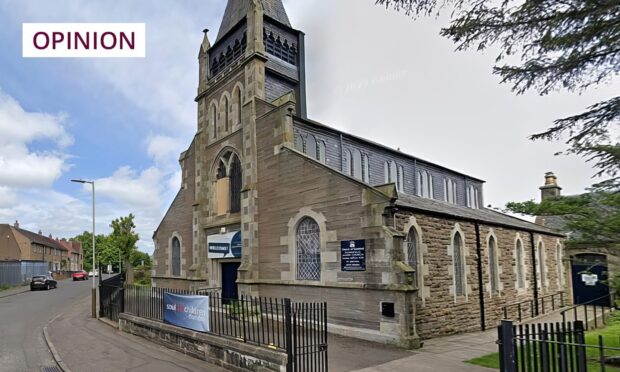
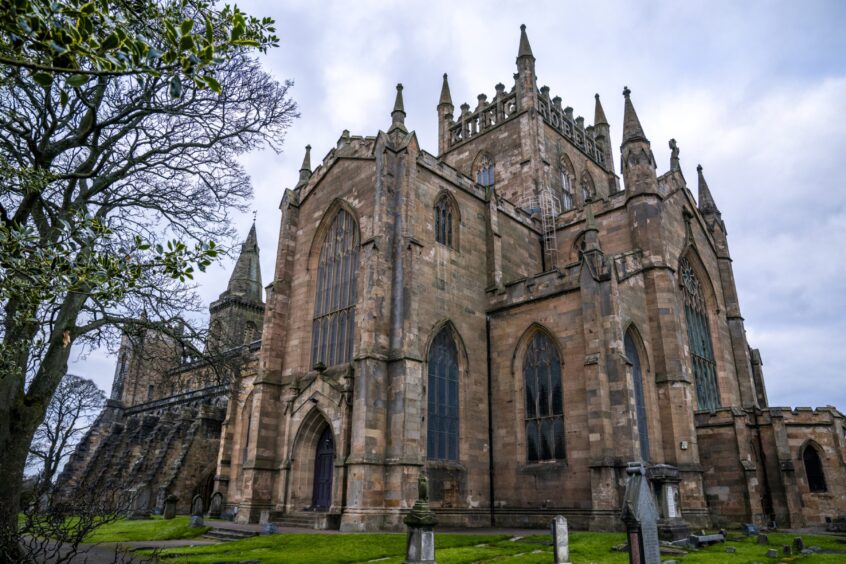
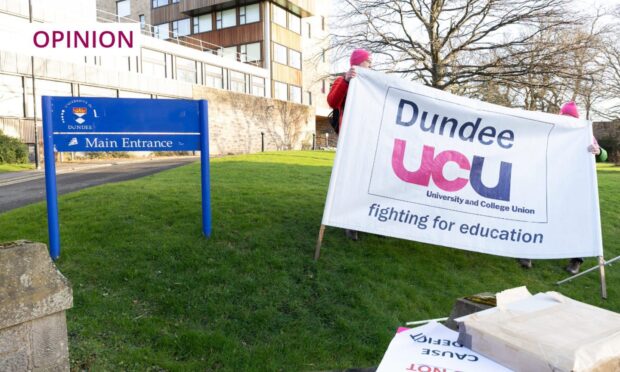
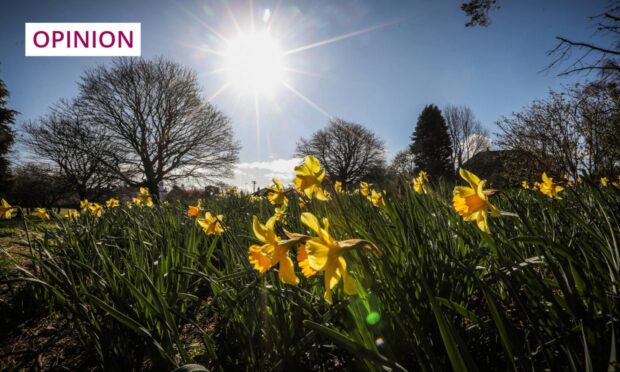
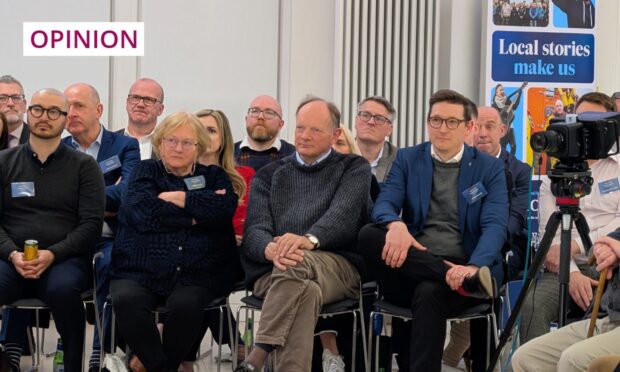
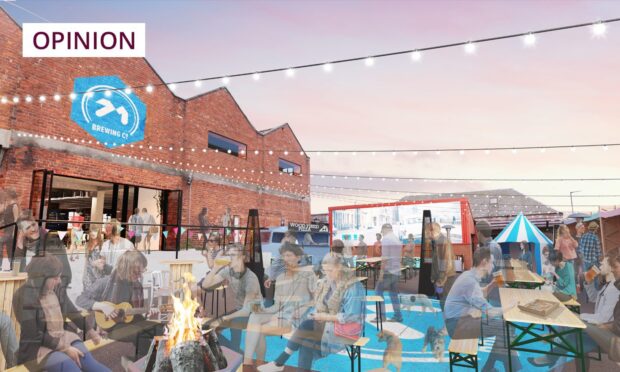

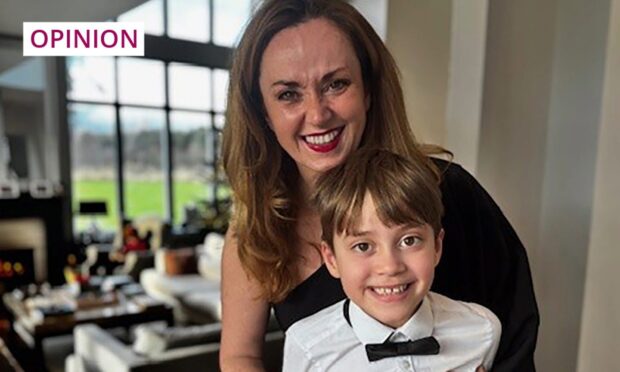
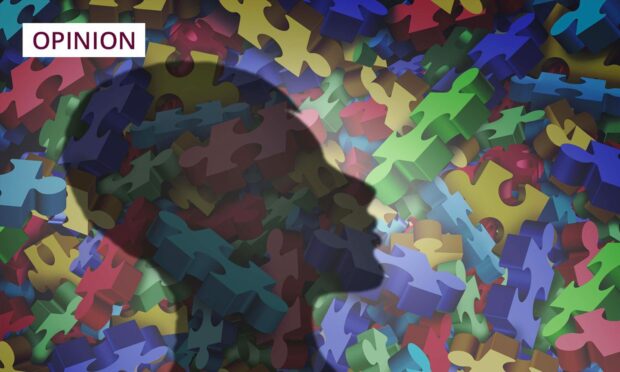
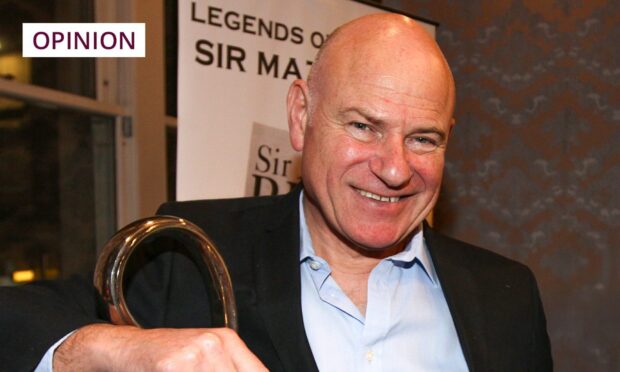

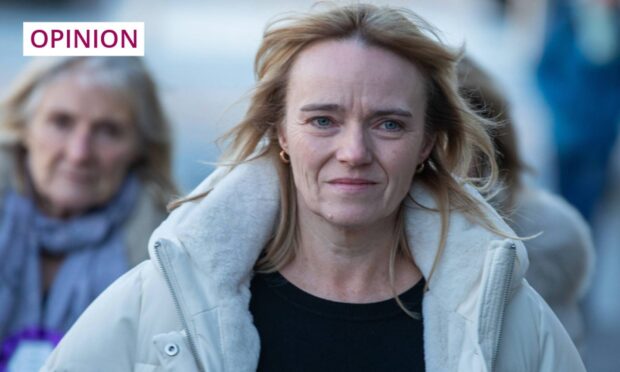
Conversation